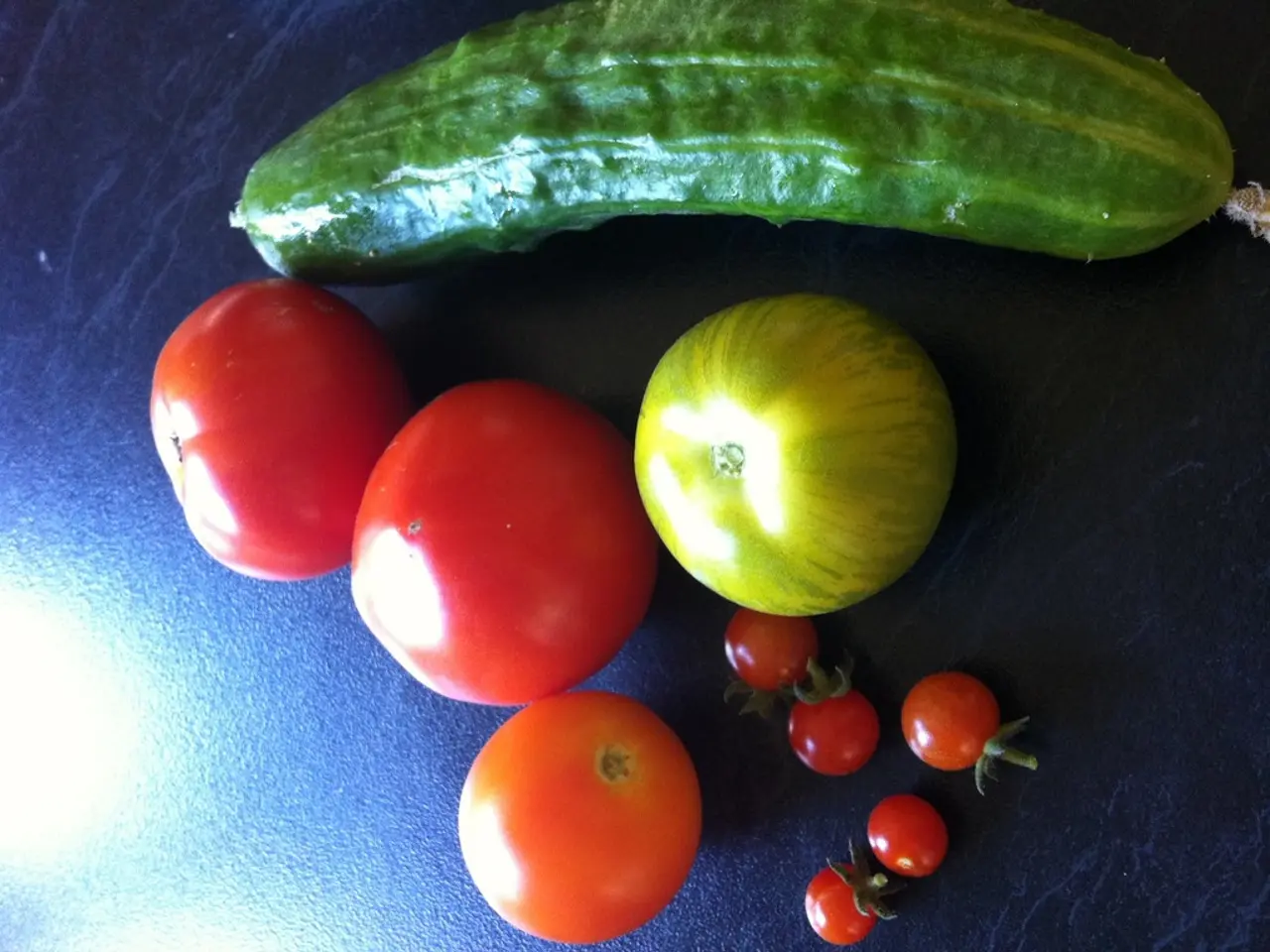Eco-Conscious Greenhouse Procedures: Advice for Sustainable Indoor Cultivation
In the quest for a greener and more resource-efficient world, the humble greenhouse is emerging as a beacon of innovation and eco-consciousness. By adopting a suite of energy-efficient and eco-friendly methods, greenhouse design and management can be significantly more sustainable, reducing energy consumption, water use, and environmental impact while providing optimal growing conditions year-round.
One of the key strategies for sustainable greenhouse design is the integration of passive solar principles. This involves orienting the greenhouse to maximise sunlight exposure and using materials that store heat, such as water barrels, concrete slabs, or stone. These materials absorb heat during the day and release it at night, maintaining stable temperatures and reducing energy needs for heating.
Natural ventilation and airflow management are also crucial components of sustainable greenhouse design. Properly arranged vents and airflow channels can regulate temperature and humidity, preventing plant diseases caused by excess moisture. This design eliminates or minimises the need for mechanical ventilation systems, promoting energy efficiency.
Renewable energy integration is another essential aspect of sustainable greenhouse practices. Solar panels can power lighting, heating, or ventilation systems, making the greenhouse energy self-sufficient and reducing its carbon footprint. Rainwater harvesting systems can also be used for irrigation, reducing water consumption and dependence on municipal water supplies.
Smart greenhouse technologies play a significant role in resource efficiency. Sensors and IoT devices monitor temperature, humidity, light intensity, soil moisture, and CO₂ levels in real-time. AI and automation optimise irrigation, ventilation, heating, and lighting dynamically, ensuring resource efficiency and reducing waste. Remote monitoring via cloud-based dashboards enables precise environmental control with minimal labor input, increasing sustainability.
Efficient environmental control systems are equally important. Drip irrigation systems deliver water accurately, minimising water use. Evaporative cooling or shading systems like retractable shade cloths manage temperature without excessive energy consumption. Hydronic heating systems integrated with renewable energy provide consistent and efficient warmth during colder periods.
Microclimate engineering creates controlled environmental zones within the greenhouse, tailoring conditions for different plants to optimise water and energy use while maximising yield diversity. Managing humidity gradients suits varied plant moisture needs without building separate structures.
Greenhouses offer numerous benefits, including climate control that protects plants from extreme weather and pests, extending the growing season for plants, and the ability to grow a wider range of plants, including those that may not thrive in local climates.
Moreover, greenhouses allow for more efficient use of water and nutrients, helping to conserve resources. Energy-efficient heating and cooling systems, such as geothermal heating or vented roofing, are recommended for greenhouses.
Sustainable practices such as composting and rainwater harvesting are commonly incorporated into greenhouse setups. Using recycled or sustainably sourced materials for greenhouse construction is also recommended. Greenhouses can serve as educational environments for children and adults, fostering a greater understanding of sustainable practices.
In conclusion, by combining these methods, greenhouse design and management can be significantly more sustainable, contributing to resource conservation and providing optimal growing conditions year-round. The future of greenhouse gardening lies in blending innovation and eco-consciousness, creating a greener, more resource-efficient world.
Gardening in a greenhouse can embrace sustainable living by employing passive solar principles, such as orienting the structure for maximum sunlight exposure and using materials like water barrels, concrete slabs, or stone that absorb heat during the day and release it at night, thereby managing temperatures and minimizing energy needs for heating.
In addition to this, home-and-garden enthusiasts can implement renewable energy sources, like solar panels, to power their greenhouse's lighting, heating, or ventilation systems, thus making the greenhouse energy self-sufficient and promoting sustainable living.




